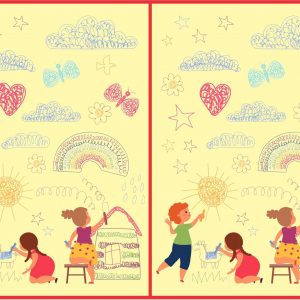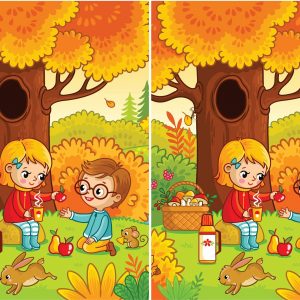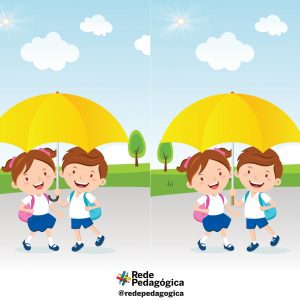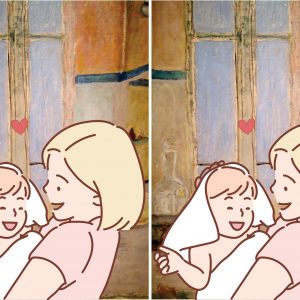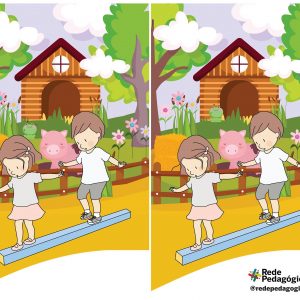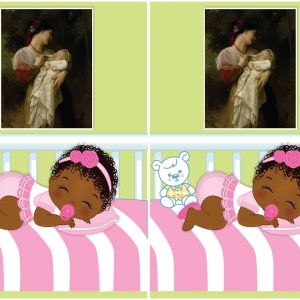The Magic of Early Science Education: Encouraging Curiosity Through Hands-On Learning
Science has always been about discovery, curiosity, and innovation. In the image, two young children, dressed in lab coats, are fully engaged in a science experiment. One child carefully examines a sample under a microscope, while the other pours liquid from a beaker, their faces lit with excitement and concentration. This scene perfectly embodies the joy of hands-on learning in early childhood education.
Early exposure to science sparks curiosity, builds critical thinking skills, and helps children develop a lifelong love for learning. Let’s explore why introducing kids to science at a young age is so powerful and how hands-on experiences shape their intellectual and social development.
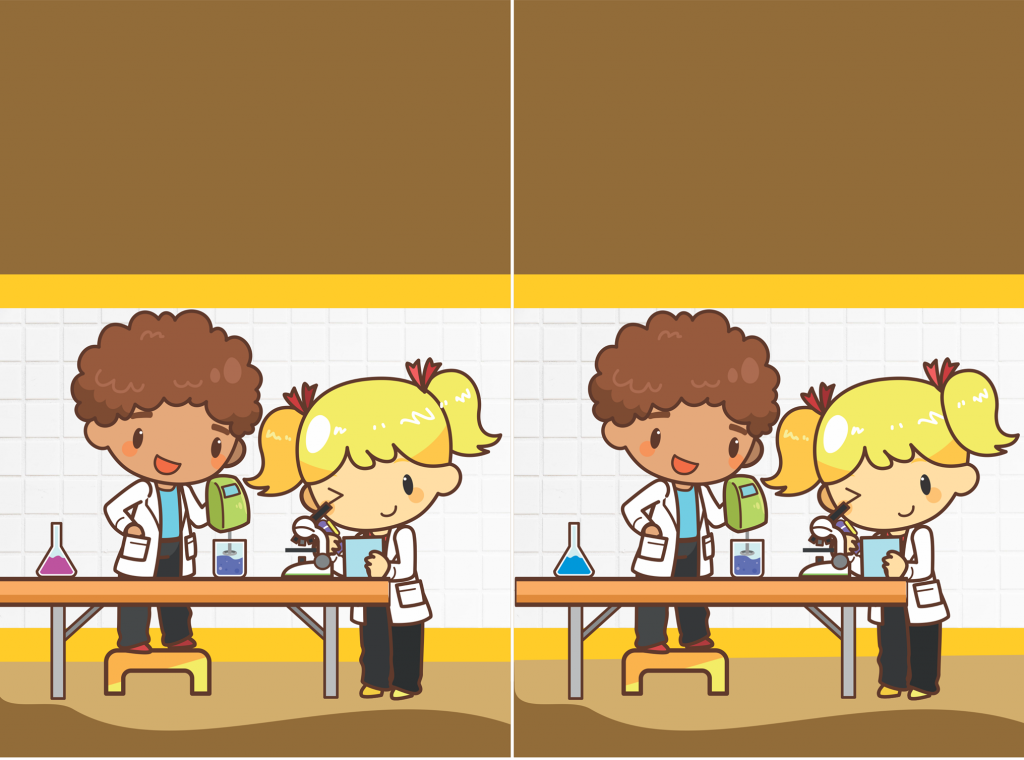
The Importance of Science in Early Childhood Education
Children are natural scientists. They are constantly asking questions, exploring their environment, and testing how things work. When we nurture this curiosity through structured science activities, we give them the tools to think critically and solve problems creatively.
Building a Strong Foundation for Future Learning
Science education isn’t just about memorizing facts—it’s about learning how to ask questions, seek answers, and experiment with possibilities. Encouraging children to engage in hands-on science activities builds foundational skills that are valuable in all areas of learning.
When kids interact with scientific concepts in a playful way, they develop problem-solving abilities, improve their observational skills, and learn to think logically. These skills will benefit them not just in science but also in math, reading, and even creative arts.

Encouraging Curiosity and Exploration
One of the most exciting aspects of early science education is its ability to harness a child’s natural curiosity. Young children are full of wonder, and science provides endless opportunities for exploration. Whether it’s mixing colors, observing insects, or testing how objects float or sink, every experiment answers a question and sparks new ones.
By allowing children to explore science at their own pace, we encourage them to become lifelong learners who are eager to discover more about the world.
Hands-On Learning: The Key to Engaging Science Education
In the image, the children are actively engaged in their experiment, demonstrating that science is best learned through experience rather than textbooks alone.
Learning Through Experimentation
Science is all about asking “what happens if…?” Hands-on activities allow children to take risks, test hypotheses, and make observations in real-time. They learn that failure isn’t a bad thing—it’s part of the process! When an experiment doesn’t go as planned, it presents an opportunity to think critically and try again.
For example, mixing two liquids and observing a reaction teaches cause and effect. Looking through a microscope reveals a whole new world they can’t see with the naked eye, inspiring curiosity about the hidden wonders of science.
Strengthening Fine Motor Skills and Coordination
Science experiments often involve tasks like pouring, mixing, using droppers, and handling small objects—all of which help strengthen fine motor skills. These activities improve hand-eye coordination and prepare children for writing, drawing, and other precision-based tasks.

Developing Critical Thinking and Problem-Solving Skills
Science education teaches children to analyze information, recognize patterns, and draw conclusions based on evidence. These problem-solving skills are essential not just for academics but also for real-life situations.
Encouraging Logical Thinking
Observing cause and effect in experiments helps children develop logical thinking. They begin to understand that their actions have consequences and that patterns can help predict outcomes. This form of reasoning is the foundation for mathematical and analytical skills.
Learning to Ask the Right Questions
Science teaches kids to ask “why” and “how.” Instead of simply accepting information, they learn to think deeper and seek explanations. This inquisitive mindset is a valuable tool for lifelong learning and intellectual growth.
The Role of Collaboration in Science Learning
In the image, the two children are working together, showcasing the importance of teamwork in scientific discovery. Science isn’t just an individual pursuit—it’s a collaborative effort that teaches valuable social skills.

Enhancing Communication Skills
When children conduct experiments together, they practice communication. They learn to explain their observations, listen to their peers, and discuss findings. These conversations strengthen their language skills and teach them how to articulate their thoughts clearly.
Building Teamwork and Cooperation
Many science activities require teamwork. Whether they are measuring ingredients, recording observations, or sharing a microscope, children learn to work together toward a common goal. These cooperative experiences teach patience, respect for different ideas, and how to problem-solve as a team.
Making Science Fun and Accessible for All Children
Science is for everyone, and making it accessible to all children ensures that no one is left behind in the excitement of discovery.
Engaging Both Boys and Girls in STEM
Encouraging both boys and girls to participate in science from an early age helps break down gender stereotypes in STEM (Science, Technology, Engineering, and Math) fields. The image of a boy and a girl working together in a lab reinforces the idea that science is for everyone, regardless of gender.
Encouraging a Growth Mindset
A big part of learning science is trial and error. When children see that mistakes are part of the learning process, they develop resilience and a growth mindset. They learn that intelligence and skills can grow with effort, which is a powerful lesson that extends beyond science into all aspects of life.
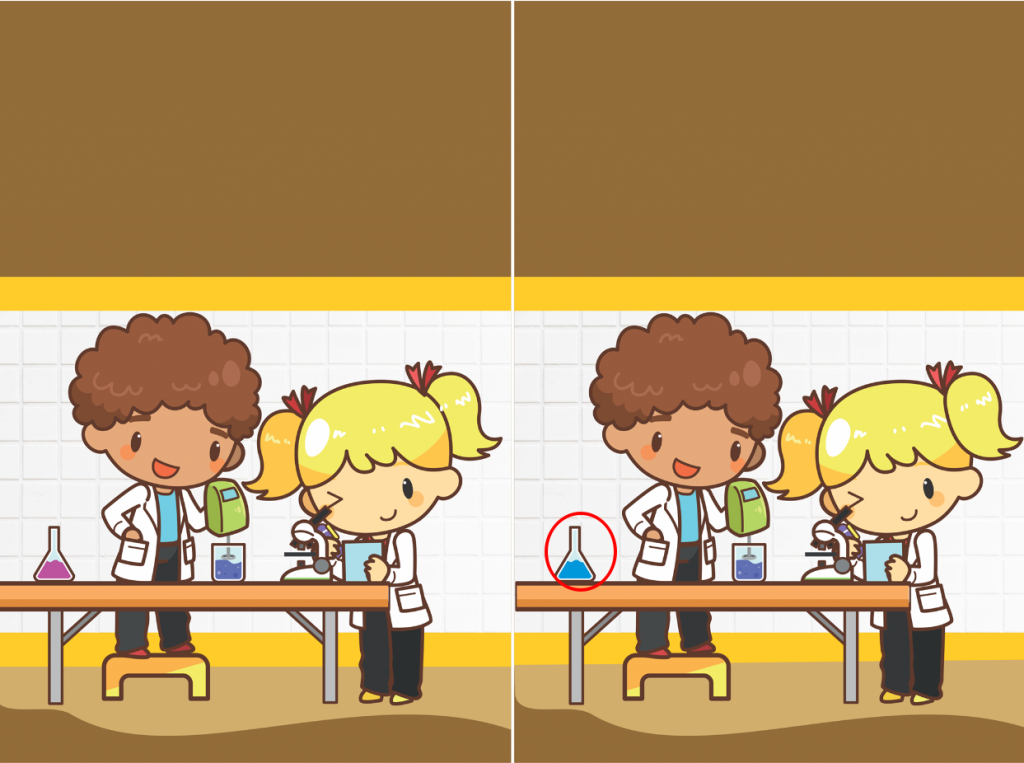
Conclusion: Inspiring the Scientists of Tomorrow
The image of two young scientists at work perfectly captures the essence of early science education—curiosity, teamwork, and hands-on learning. When we encourage children to explore, experiment, and ask questions, we set them on a path of lifelong discovery.
By integrating science into early childhood education, we nurture problem-solvers, critical thinkers, and innovators who will one day shape the future. Whether they become doctors, engineers, environmentalists, or simply lifelong learners, the skills and curiosity they develop in their early years will guide them throughout their lives.
So, let’s celebrate the magic of science and continue to foster a love for learning in every child—because the next great scientist might just be in the making!
